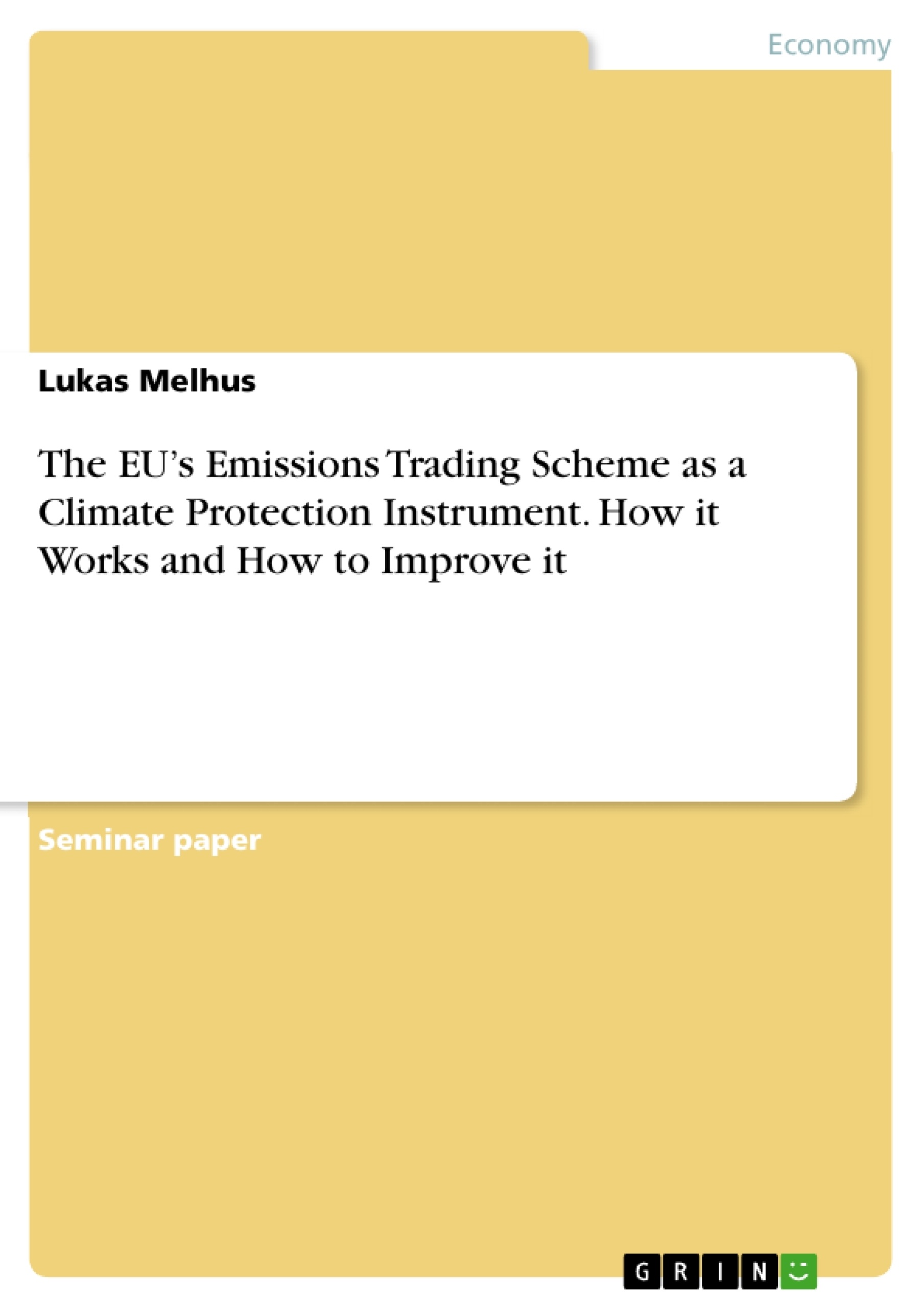Simply put, emissions trading is a governmental instrument or framework to reduce pollutant emissions. While such trading has seen popularity in recent years, the broad concept has been around for quite some time. In 1968, Canadian economist John Dales argued that a government should issue a certain number of pollution rights certificates and offer them for sale, while at the same time enacting a law mandating anyone discharging a certain amount of waste in a given year to own one or more pollution rights for the whole year. He further argued that this framework would benefit by having the price determined by competition between buyers and sellers of rights rather than a person or authority.4 The fundamental idea behind emissions trading has remained the same to this day. At the end of the 1960s, the United States of America
were the first to experiment with governmental trading schemes.5,6,7 During the Carter administration, the US Environmental Protection Agency (EPA) continued to expand these pollution control mechanisms, notably using them to reduce and ultimately stop the use of leaded petrol in the 1980s.8 Emissions trading schemes continued to be popular in the US and were used by the following administrations.
Table of Contents
Table of abbreviations
Table of figures
1 Preface and Approach
2 Emissions Trading in General
3 The Current System in the EU
4 Evaluation
5 Tangible Problems and Possible Improvements
6 Conclusion
Bibliography
- Citar trabajo
- Lukas Melhus (Autor), 2021, The EU’s Emissions Trading Scheme as a Climate Protection Instrument. How it Works and How to Improve it, Múnich, GRIN Verlag, https://www.grin.com/document/1239272
-

-

-

-
¡Carge sus propios textos! Gane dinero y un iPhone X. -

-
¡Carge sus propios textos! Gane dinero y un iPhone X. -

-
¡Carge sus propios textos! Gane dinero y un iPhone X. -

-
¡Carge sus propios textos! Gane dinero y un iPhone X. -

-
¡Carge sus propios textos! Gane dinero y un iPhone X. -

-
¡Carge sus propios textos! Gane dinero y un iPhone X.

